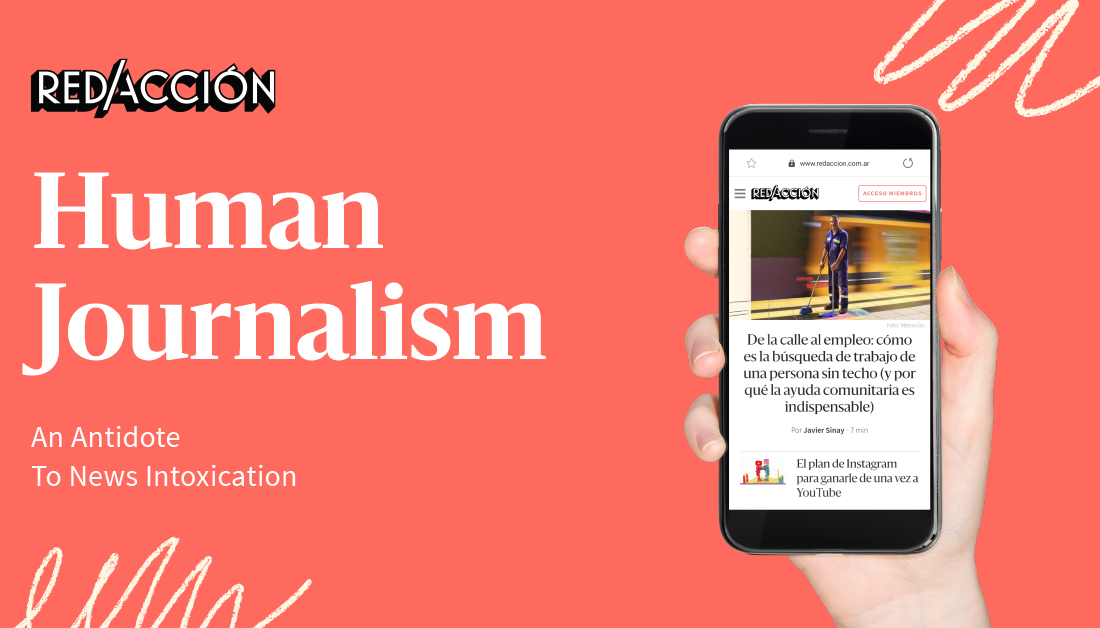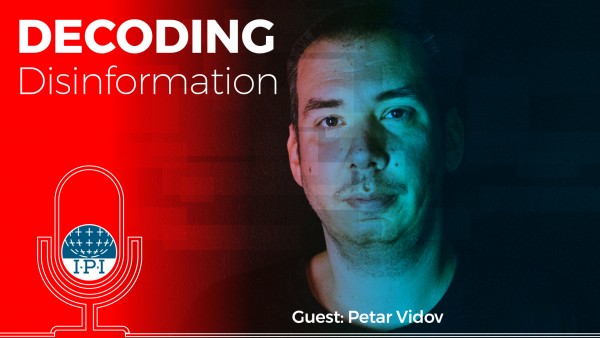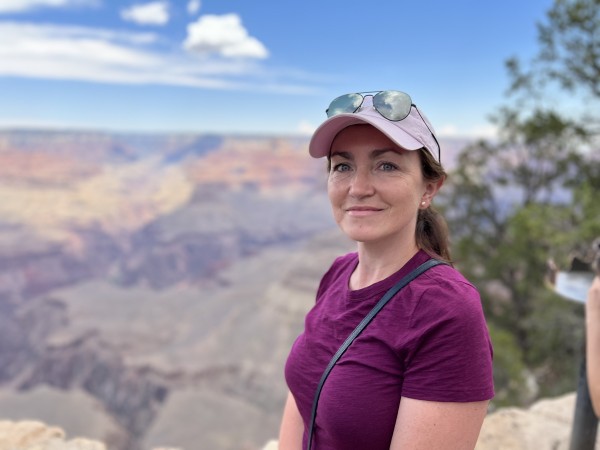Local Journalism Project Case Study: Red/Acción (Argentina)
The backstory:
After a fundraising drive that collected $1.5 million in just two months, former La Nación Editor-in-Chief Chani Guyot launched Red/Acción in April 2018. He and his team detected a void in Argentina’s local media landscape. Audiences seemed to be suffering from media fatigue or avoiding news altogether. Red/Acción does not cover current affairs or politics in the regular sense and focuses instead on six content areas: the climate crisis, gender equality, social inclusion, health, education, and technology. In 2020, they were selected for the Velocidad media accelerator fund established by SembraMedia with support from ICFJ and Luminate.
Audience:
Red/Acción has an aggregate audience of 3.5 million people, including traffic on their website and audiences reached through different channels. They have an ecosystem of social networks with more than 100,000 followers, about half of whom are newsletter subscribers. Around 70 percent of the audience is women, and Guyot thinks it may be because of the topics they focus on.
Value proposition:
Red/Acción’s mission is to contribute to the strengthening of citizens’ commitment to social change through “human” journalism: an intersection between solutions journalism and participatory journalism. They cover stories underreported by other outlets, explain complex social issues, and focus on the story of the people and organizations that are solving them. They amplify the voices of diverse minorities, encourage their audiences to engage in their journalism, and therefore also have a positive impact. Red/Acción believes that journalism is not only about informing the world, but also about changing it.
The team:
There are 19 members in the core team and an additional 10 freelancers who contribute and edit the newsletter. One person is in charge of interacting with members and many stories come from this interaction.
Product and distribution:
They have four products: The website, RedAcción.com.ar; Foco, a bi-weekly podcast; 12 newsletters that reach more than 50,000 readers every month; and Fibra, a content agency for conscious brands.
Business model:
A year after they started, they received an early-stage investment from the Media Development Investment Fund (MDIF), a not-for-profit investment fund for independent media in countries where access to free and independent media is under threat. Fifty percent of their revenue comes from content created for clients, and branded content related to their focus areas. Membership revenues represent around 18 percent of their total revenue. However, the membership programme is more than a revenue stream, and several mechanisms have been created to interact with members. Three-and-a-half years down the line, they believe they have attained operational sustainability.
Ask them about:
Knowing how to focus on what really moves the needle, what makes a difference for the audience or for the business. Around every six months, Red/Acción reviews its operations to assess what works and what doesn’t, going on to make a list of things to drop, things to hold on to, and things to incorporate.
In their words:
“We hack the extreme negativity so ingrained in the media ecosystem and we hack the unilateral, broadcast monologue modality to find conversational journalism.”
“Our mission is focused on helping citizens to be more committed to do their duties as citizens because we fundamentally deal with six issues: the climate crisis, gender equality, social inclusion, health, education, and technology for the common good.”
“Our vision is to build a model that is scalable, replicable, naturally sustainable, and that does not seek volume for the sake of volume itself.”
“The newsletter is a product. It is neither a distribution channel nor a pipeline. Each newsletter has a personality, an author, and a personal conversational tone. For us, the newsletter is a mechanism to create community.”
“An example of our participatory journalism is a story on how Centennials (Generation Z) related to money. We did an Instagram story and about 3,000 people participated. Then we produced the post: that same network of participants became the distribution network. They value their participation as they feel represented in the stories. And then we did an event, all in the course of three weeks. When you examine this process, it shows an open conversation between our newsroom and our community.”
Source for information and views in this case study: Interview with Chani Guyot, founder and editor-in-chief, Red/Acción.
This story is part of IPI’s Local Journalism Project. The publication of these case studies – part of IPI’s wider work mapping, networking and supporting quality innovative media serving local communities – is supported by the Friedrich Naumann Foundation.



